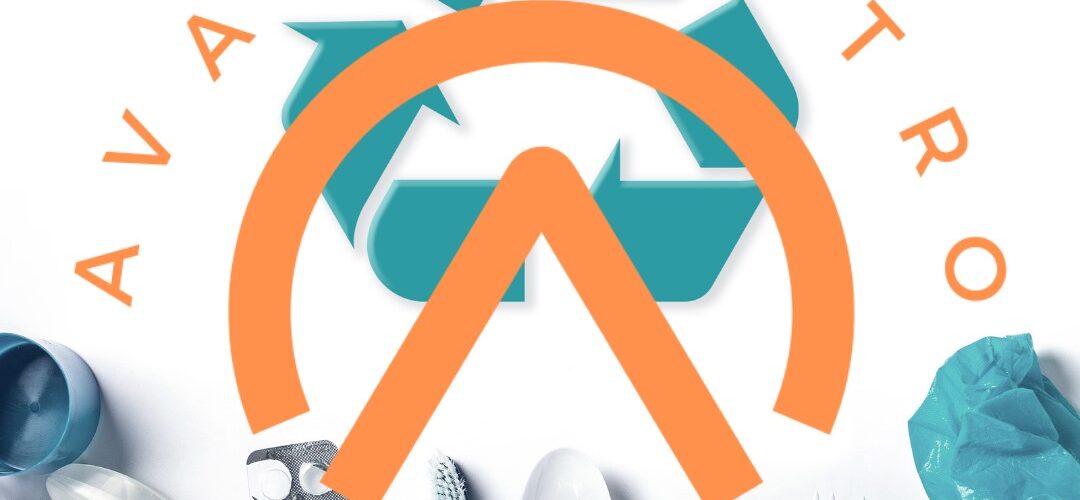Understanding Polyethylene Waste Recycling: A Comprehensive Guide
Introduction
In today’s environmentally conscious world, the importance of polyethylene waste recycling cannot be overstated. As we strive towards sustainability and reducing our carbon footprint, recycling polyethylene has emerged as a crucial aspect of waste management. In this guide, we delve deep into what polyethylene waste recycling entails, its significance, processes involved, and the environmental benefits it offers.
What is Polyethylene?
Polyethylene is one of the most commonly used plastics globally, known for its versatility, durability, and affordability. It is used in various applications, including packaging, bottles, containers, and even in construction materials. Polyethylene comes in several forms, including high-density polyethylene (HDPE), low-density polyethylene (LDPE), and linear low-density polyethylene (LLDPE), each with its unique properties and uses.
The Need for Polyethylene Waste Recycling
With the widespread use of polyethylene products comes the inevitable issue of waste management. Improper disposal of polyethylene waste poses significant environmental threats, including pollution of water bodies, harm to wildlife, and the proliferation of landfills. Recycling polyethylene is crucial in mitigating these adverse effects and promoting a circular economy where materials are reused, reducing the demand for virgin plastics.
Process of Polyethylene Waste Recycling
Collection
The first step in polyethylene waste recycling is the collection of plastic waste. This can be done through various channels, including curbside collection programs, drop-off centers, and recycling facilities. Efficient collection systems ensure that a significant amount of polyethylene waste is diverted from landfills and directed towards recycling facilities.
Sorting and Cleaning
Once collected, the polyethylene waste undergoes sorting and cleaning processes. During sorting, different types of plastics, including various grades of polyethylene, are separated to ensure optimal recycling efficiency. Cleaning involves removing contaminants such as dirt, labels, and residues from the plastic waste, preparing it for the recycling process.
Shredding and Melting
After sorting and cleaning, the polyethylene waste is shredded into small pieces to increase its surface area and facilitate melting. The shredded plastic is then melted down using heat, transforming it into molten polyethylene. This molten material can be molded into various shapes and forms, ready for reuse in manufacturing processes.
Reprocessing
The molten polyethylene undergoes reprocessing to give it the desired properties for its intended application. This may involve adding additives, blending with other materials, or adjusting the molecular structure to meet specific requirements. Reprocessing ensures that the recycled polyethylene meets quality standards and can be used effectively in various industries.
Environmental Benefits of Polyethylene Waste Recycling
Conservation of Resources
Recycling polyethylene reduces the demand for virgin plastics, conserving valuable natural resources such as crude oil and natural gas, which are used in the production of plastic. By extending the lifespan of polyethylene products through recycling, we can minimize the need for raw materials, thus reducing the environmental impact of plastic production.
Energy Savings
The energy required to recycle polyethylene is significantly lower than that needed to produce virgin plastics. Recycling polyethylene consumes less energy and produces fewer greenhouse gas emissions compared to the manufacturing of new plastic products. This energy efficiency contributes to the overall sustainability of the recycling process.
Reduction of Landfill Waste
By diverting polyethylene waste from landfills, recycling helps alleviate the burden on waste management systems and reduces the amount of plastic pollution in the environment. Polyethylene, when disposed of in landfills, can take hundreds of years to decompose, posing long-term environmental hazards. Recycling offers a viable solution to this problem by giving plastic waste a new life.
Conclusion
In conclusion, polyethylene waste recycling is a vital component of sustainable waste management strategies. By recycling polyethylene, we can conserve resources, reduce energy consumption, and mitigate the environmental impact of plastic pollution. Embracing recycling practices and promoting the circular economy are crucial steps towards building a cleaner, greener future for generations to come.
Written by Emir Narin

